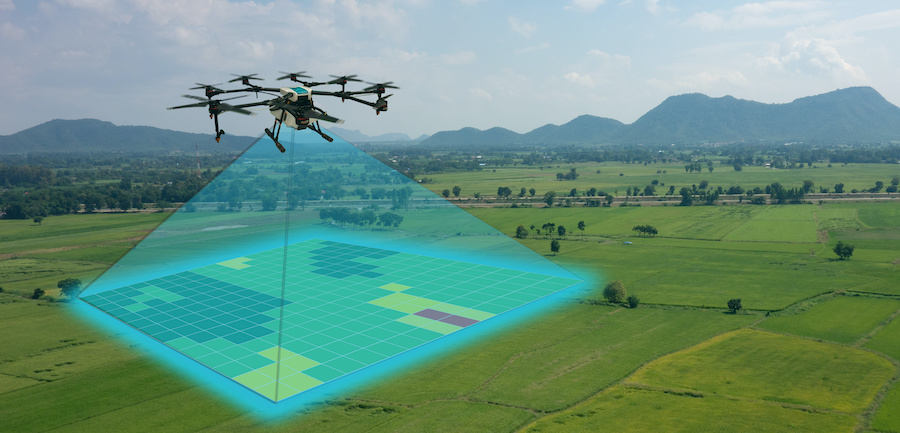Welcome to the exciting world of drone mapping, where technology meets the sky, redefining surveying. Drones, equipped with advanced cameras and sensors, create detailed maps from above. This innovation offers a new perspective, capturing data with precision and speed. It’s a leap from traditional methods, changing how we view our planet. Industries, from agriculture to urban planning, benefit from this aerial technology. Imagine drones as high-flying data collectors, painting a detailed picture of our world. Let’s explore this transformative technology and how it’s reshaping various fields.
Basics of Drone Mapping
Drone mapping involves sophisticated technology, blending aerial vehicles with cutting-edge sensors. These drones are not just flying cameras; they’re data-gathering powerhouses. With GPS and cameras, they capture detailed images from the sky. This technology ensures accuracy, which is vital in creating reliable maps. Understanding the basics helps us appreciate the complexity and potential of drone mapping. Each component, from sensors to software, plays a crucial role. This foundation is essential for anyone curious about how drones transform surveying.
Process of Drone Mapping
The journey from drone flight to a detailed map is fascinating and intricate. Initially, clear objectives set the stage for successful mapping. Flight planning is crucial, as each mission varies based on the objective. The drone collects data, flying over the designated area. Post-flight, the software transforms this raw data into usable maps. This process turns aerial images into valuable geographic information. Understanding these steps demystifies the art of drone mapping. It combines careful planning, precise execution, and sophisticated data processing.
Applications of Drone Mapping
Drone mapping is revolutionizing various industries with its versatility. In agriculture, drones assess crop health, providing invaluable insights. Urban planners utilize this technology for efficient city design. Drones are pivotal in managing disasters, offering rapid, safe mapping of affected areas. These applications showcase the technology’s diverse potential. From environmental conservation to construction, drone mapping is a game-changer. Understanding its applications reveals its transformative impact across sectors.
Advantages and Challenges of Drone Mapping
Drone mapping offers numerous benefits, including speed, accuracy, and accessibility. It allows for data collection in previously unreachable areas. However, challenges such as weather dependency and regulatory restrictions exist. Skilled operators are essential for effective drone mapping. This technology is not without its complexities and limitations. Recognizing these helps in appreciating its true value. It’s a technology with immense potential and requires careful consideration.
Future Trends in Drone Mapping
The future of drone mapping is filled with exciting possibilities and innovations. Artificial intelligence is poised to automate drone flights and data analysis. Soon, drones might use sensors beyond visible light, offering new insights. These advancements will further enhance the accuracy and applications of drone mapping. The potential for more autonomous and insightful mapping is immense. Staying abreast of these trends is crucial for anyone involved in this field. The future of drone mapping is not just about technology but also the new frontiers it opens.
48″ Aerial Targets in Drone Mapping
In drone mapping, 48″ aerial targets are crucial in ensuring accuracy. These large targets help drones calibrate, vital for precise data collection. They act as reference points, enhancing the reliability of the mapping process. In precision mapping, their importance cannot be overstated. These targets are essential for projects requiring high accuracy. Understanding their role is key for professionals in drone mapping. They are simple yet critical tools in the complex world of aerial surveying.
Conclusion
Drone mapping is more than a technological advancement; it’s a paradigm shift. It opens up new possibilities in data collection and analysis. This guide has explored the intricacies, applications, and potential of drone mapping. We embrace this technology and open doors to discoveries and efficiencies. The future of drone mapping is not just in the skies but in the opportunities it creates. It’s a constantly evolving field, offering endless possibilities for innovation. Let’s continue to explore and utilize this remarkable technology.

